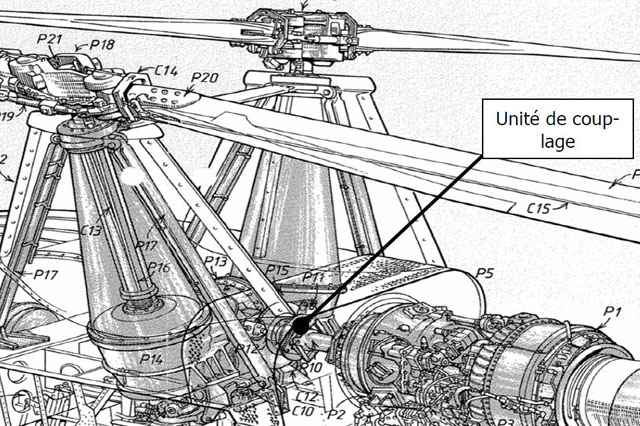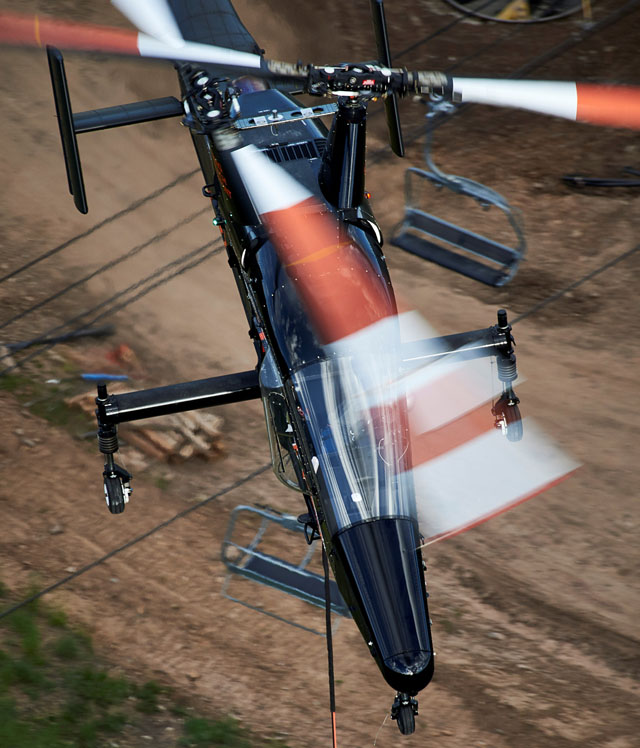I have never had any issue in Arduino IDE with PID control. I see no reason why LUA can be more of an issue - yes, the tuning is often time consuming but not too bad if you understand what is happening,
From our friendly CGPT -
Here's a simple example of a PID (Proportional-Integral-Derivative) controller implemented in Lua. Please note that Lua doesn't have built-in support for PID controllers, so you'll need to implement the control logic yourself. This example assumes that you have access to functions for reading the current state and applying a control output. In this case, I've used readSensor() to get the current state and applyOutput(output) to apply the control output.
Code: Select all
-- PID Controller Parameters
local kp = 0.5 -- Proportional gain
local ki = 0.1 -- Integral gain
local kd = 0.2 -- Derivative gain
-- PID Controller Variables
local setpoint = 100 -- Desired setpoint
local integral = 0
local lastError = 0
-- Sample time (adjust as needed)
local dt = 0.1
-- Main control loop
function pidControl()
-- Read current state
local current = readSensor()
-- Calculate error
local error = setpoint - current
-- Calculate integral and derivative terms
integral = integral + error * dt
local derivative = (error - lastError) / dt
-- Calculate control output
local output = kp * error + ki * integral + kd * derivative
-- Apply control output
applyOutput(output)
-- Update last error for the next iteration
lastError = error
end
-- Example functions for simulation purposes
function readSensor()
-- Simulated sensor reading (replace with actual sensor reading)
return math.random(80, 120)
end
function applyOutput(output)
-- Simulated actuator output (replace with actual actuator control)
print("Applying output:", output)
end
-- Main loop (replace with your actual control loop)
for i = 1, 10 do
pidControl()
os.execute("sleep " .. dt) -- Simulate a time delay (remove in actual implementation)
end
This example is a basic template, and you may need to adjust the parameters (kp, ki, kd) and other aspects of the code based on your specific system and requirements. Additionally, replace the readSensor() and applyOutput(output) functions with the actual functions to read sensor data and apply control output in your system.
I still want to try something with a PID system in Lua, but it is very complex I'm afraid.

